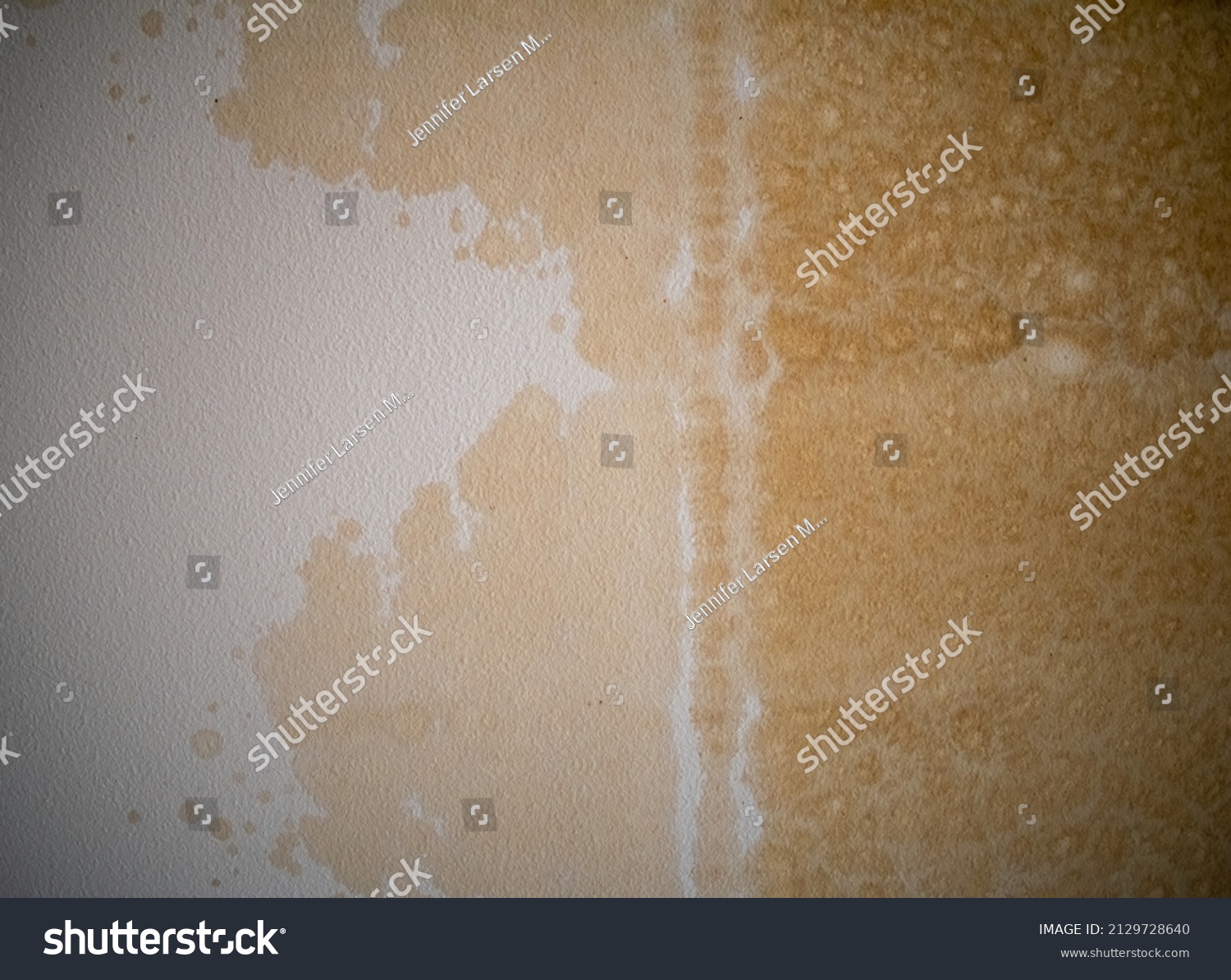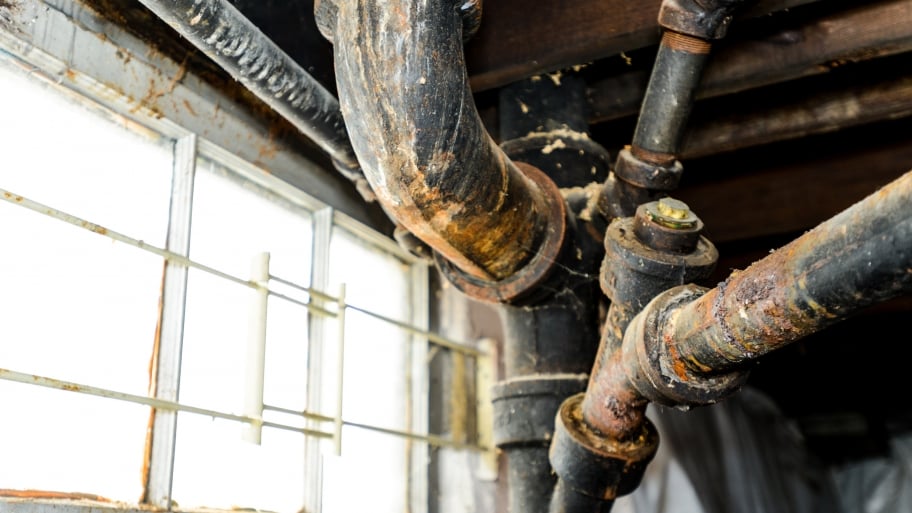

Water stains on your ceiling below the bathroom can be a clear sign of a hidden pipe leak, often overlooked until significant water damage occurs. Imagine waking up to a wet ceiling—it’s not just unsightly; it can lead to serious structural issues and costly repairs. This article delves into the causes, signs, and solutions for addressing water stains on your bathroom ceiling, ensuring you address the problem promptly. We’ll explore how to identify the source of a leak, the potential damage, and proactive measures to prevent costly water damage. The structure of this article will cover the causes, common signs of leaks, and preventative measures, with a comprehensive guide to diagnosing and fixing the problem.
Understanding Water Stains on Bathroom Ceilings
Identifying the Root Cause
Water stains on the ceiling below the bathroom are a strong indicator of a potential plumbing issue. These stains often form gradually, initially appearing as subtle discoloration, eventually expanding into noticeable water marks. Sometimes, these stains may be accompanied by a musty odor, a common sign of mold growth that can occur as a result of water damage. Ignoring these early indicators can lead to costly repairs. Understanding how to identify the root cause of water stains is crucial for preventing further damage. Often, these stains are a result of hidden pipe leaks, often developing slowly and going unnoticed for extended periods. This can quickly escalate into serious structural damage and extensive water damage throughout the house.
Signs and Symptoms of Hidden Leaks
Water stains, along with a musty smell, dripping sounds, or increased water bills, all point to a potential leak. Water damage isn’t always immediately obvious, and subtle signs can go unnoticed for an extended period. For instance, slight discoloration on the ceiling or walls might not trigger immediate alarm—but it’s a clear warning sign of a possible hidden leak. These signs and symptoms are often the first indicators of a plumbing issue that needs immediate attention.
Proactive Measures and Prevention
To prevent water damage, regular home maintenance is essential. Checking for signs of leaks, like water stains, is a critical part of preventative maintenance. Routine plumbing inspections can detect early signs of potential problems before they develop into substantial damage. Checking for moisture around pipes and fixtures, and regularly inspecting your home for any indications of water damage, can assist in addressing issues before they escalate.
Related Post : Water Pressure Suddenly Dropping? Common Plumbing Issues to Check
Diagnosing the Leak Location
Pinpointing the Source
Diagnosing the exact location of a hidden pipe leak often requires careful investigation. Inspecting the area around water fixtures, checking for any moisture or dampness, and carefully scrutinizing the pipes for visible signs of damage is crucial. If the ceiling stains are primarily concentrated in a particular area, this can serve as a starting point for locating the leak. Further investigation of the area may involve exploring areas below the bathroom that are often overlooked.
Visual Inspection and Inspection Tools
Employing visual inspection techniques, such as using a flashlight to illuminate hidden areas, is a common and inexpensive way of identifying leaks. Additionally, a moisture meter can be useful in detecting dampness and hidden water damage. This tool provides a direct measurement of moisture levels, assisting in identifying the areas needing further inspection. In cases where the source is particularly difficult to detect, a qualified plumber may utilize more advanced technologies, such as thermal imaging or moisture sensors, for a more detailed inspection.
Considering Water Bill Patterns
An increase in your water bill may also indicate a leak. Regularly reviewing your water bill can help identify subtle changes that might indicate unseen water loss in the home. These patterns, combined with other signs, can further refine the diagnostic process.
Repairing the Water Damage
Repairing the Damaged Areas
Once the leak’s location is confirmed, appropriate repairs need to be carried out. Repairing the damaged area is critical to restoring the ceiling to its original condition and ensuring the safety and longevity of your home. The repair process may involve patching the damaged area with appropriate materials, followed by painting to match the surrounding ceiling.
Working with Qualified Plumbers
Working with a qualified plumber is always recommended when dealing with hidden pipe leaks. Plumbers have the expertise and tools to properly identify the source of the leak and implement efficient repair techniques. They possess the necessary experience to properly address the underlying cause, preventing future occurrences.
Preventative Measures
Implementing preventative maintenance, like regular plumbing inspections, can help avoid future water damage issues.
Preventing Future Water Damage
Regular Maintenance Checkups
Regular plumbing inspections, including visual checks for signs of leaks, can aid in preventing larger issues down the road. This can involve checking for any unusual moisture or dampness, regularly examining the pipes and fixtures, and conducting visual inspections of potential leak sources. Routine maintenance can often nip problems in the bud, saving you from more extensive repairs later.
Addressing Small Issues Immediately
Addressing any small issues or signs of potential leaks immediately is crucial in preventing water damage. Prompt action can often contain the damage, minimizing extensive water damage and costly repairs.
Installing Leak Detection Systems
Installing leak detection systems can provide an early warning system, sending alerts when a leak is detected, allowing for prompt action and minimizing potential damage.
Additional Tips and Considerations
Importance of Timely Action
The longer you wait to address a leak, the more extensive and costly the repairs will become. Water damage can quickly escalate, causing structural damage, mold growth, and significant financial losses.
Types of Water Damage
Different types of water damage require different repair strategies. For example, a leak in the kitchen may necessitate different repairs compared to one in the bathroom. Understanding the type of damage is essential for effective repairs.
Cost Considerations
The cost of repairs will depend on the severity of the damage, the location of the leak, and the specific repairs required. Addressing minor leaks quickly can save you a significant amount compared to allowing the damage to worsen.
In conclusion, water stains on your ceiling below the bathroom are often a sign of a hidden pipe leak. Proactive identification and repair are crucial for preventing further damage and costly repairs down the line. Contact a qualified plumber to assess the situation and address any potential leaks promptly. By taking this proactive step, you safeguard your home’s structure and prevent costly water damage in the future.